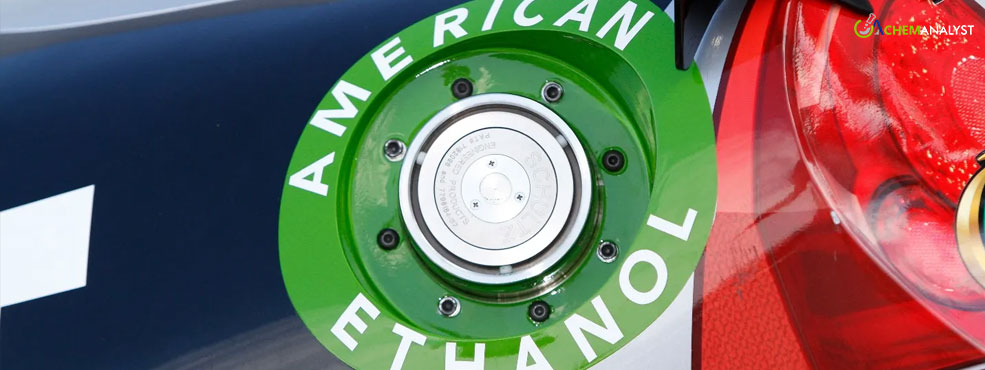Welcome To ChemAnalyst

The Environmental Protection Agency (EPA) has announced a final rule allowing drivers in eight Midwestern states to access a higher blend of ethanol year-round. This move, supported by the biofuels industry, farming groups, and Midwest governors, marks the end of a summertime ban on the sale of gasoline blended with 15% ethanol, a restriction in place due to concerns about potential worsened smog during warm weather.
The significance of ethanol to agriculture is highlighted by the fact that the fuel additive consumes approximately 40% of the nation's corn crop. The lifting of restrictions on the higher blend is expected to result in increased profits for corn farmers. The rule is set to take effect in April 2025 and will be applicable in Illinois, Iowa, Minnesota, Missouri, Nebraska, Ohio, South Dakota, and Wisconsin—states that play a crucial role in U.S. corn production and house a significant portion of the nation's ethanol production.
The EPA justified the delayed implementation of the new rule by expressing concerns about insufficient supply to meet demand during the upcoming summer. While ethanol producers welcomed the change, they criticized the EPA for the delay.
Currently, the majority of gasoline sold in the U.S. is blended with 10% ethanol, but 15% blends, known as E15, are becoming more common, especially in the Midwest. Despite the recent rule change, E15 summer sales will still not be allowed in most parts of the country during the summer months. However, there is a push from agricultural groups for a nationwide policy change.
Ethanol has been positioned by the biofuels industry and politicians from both parties as a product that benefits farmers, reduces pump prices, and lowers greenhouse gas emissions, as it burns more cleanly than straight gasoline. However, critics, including environmentalists, argue that increased ethanol production may lead to higher carbon releases due to expanded corn production, leading to elevated fertilizer use and greater nitrate releases. Synthetic and natural fertilizers are also identified as major contributors to water pollution.
The EPA has previously approved the sale of E15 for cars and trucks manufactured after 2000. Growth Energy, another bioenergy trade association, estimates that the higher blend will cost consumers 15 cents less per gallon compared to the 10% ethanol blend.
On the flip side, petroleum refiners have opposed the region-specific rules for the Midwest, contending that a unique blend in one region would increase costs and potentially result in tighter fuel supplies. The debate over ethanol blends reflects the ongoing tension between supporting the biofuels industry, promoting agricultural interests, and addressing environmental concerns.
We use cookies to deliver the best possible experience on our website. To learn more, visit our Privacy Policy. By continuing to use this site or by closing this box, you consent to our use of cookies. More info.
